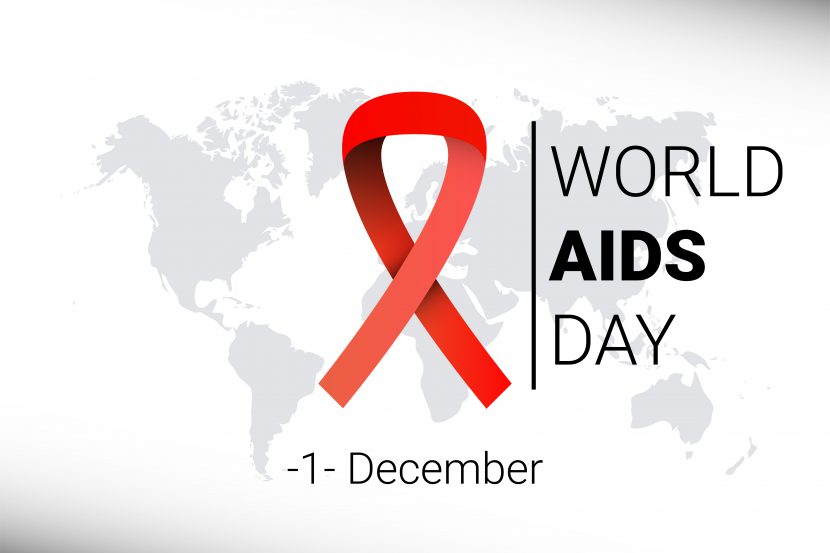It is, without any doubt, a difficult topic to approach. And every year, on 1 December, we get the chance, as individuals and groups, to tackle the subject firsthand in numerous ways. Although the World AIDS Day is a reminder of the lives affected, of the AIDS medical research, as well as the short-term and long-term solutions, some have to face this issue on a daily basis.
The global epidemic
In 2018, across the globe 37.9 million people had HIV/AIDS. Out of those people, 1.7 million were children (ages 0-15). (HIV.gov) In the past, since 1984, more than 35 million people have died from HIV/AIDS. Across the world, it has become one of the most destructive epidemics of all time. (World AIDS Day)
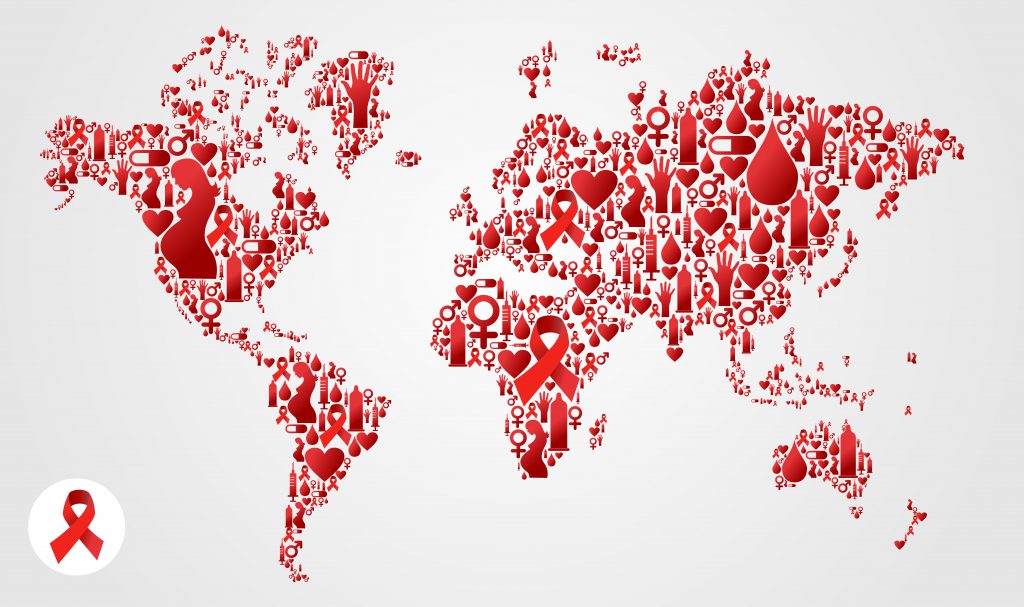
HIV and AIDS medically
The virus HIV spreads through sexual intercourse, sharing injection drug equipment, and mother to child during pregnancy, birth, or breastfeeding. It spreads through the following fluids: blood, semen, rectal fluids, vaginal fluids, and breast milk. It does not spread through saliva, sweat, air, or water.
Also, AIDS is the advanced stage of HIV infection. If the HIV virus is not treated, the body’s immune system will weaken, and the person can be at risk of having AIDS. Then, with AIDS, a person can get numerous severe illnesses, more severe for them because the immune system is very weak. (HIV.gov)
The infections continue
As many are misinformed about the spread, the disease, and sexual protection, the infections keep increasing, even if the situation is improving. In 2018, 1.7 million individuals got newly infected. The ‘new infections’ refer to the people who acquired the HIV virus during the year, and not the people who were diagnosed with HIV during that year. Of that number, it was 1.6 million individuals aged 15 and over, and 160,000 individuals aged 0-14. The epidemic hence does not only concern adults, but also children in a terrifying way. (HIV.gov)
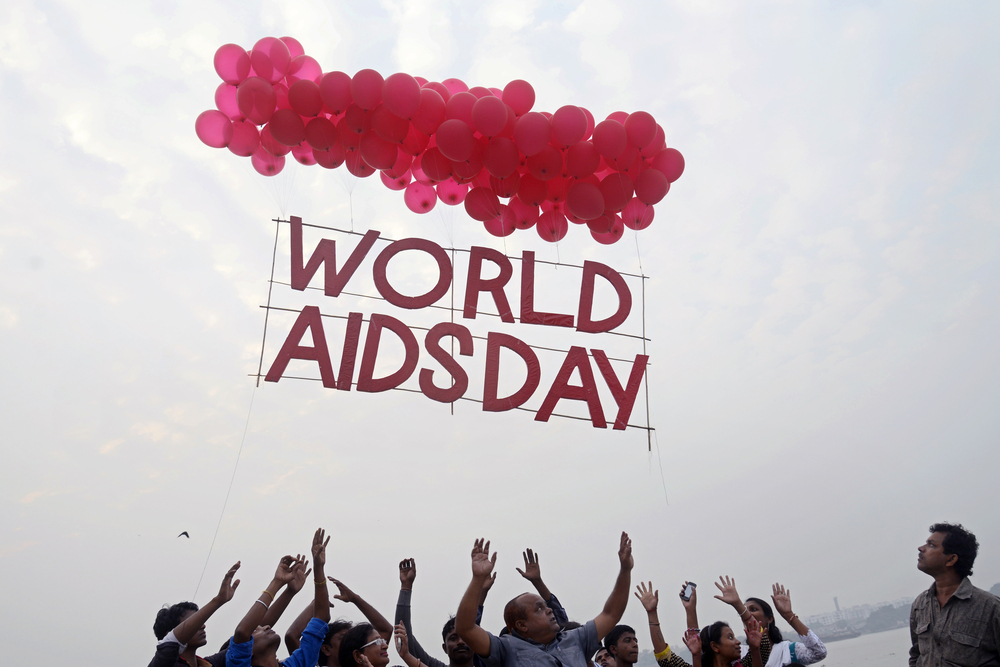
Even more so, the HIV epidemic affects children in a disproportionate way. A bit more than 50% of children under 15 living with HIV receive treatment, increasing the risk for AIDS-related death. This risk is particularly high for children aged 0-4. This situation is accentuated with adolescent girls, which account for two out of three new HIV infections in age 15-19 group.
There are also particular key populations that have been more at risk of being infected. These are: men who have sex with men, injecting drug users, sexually exploited youth workers, and adolescents who identify as lesbian, gay, bisexual, transgender or intersex. It is important to remember that these are not the only people that get infected, they just have been in the past the prominent populations infected. (UNICEF)
Is there a cure?
Unfortunately, so far there has not been a cure for HIV. However, there is medication to control the virus. In regards to prevention measures, there is PrEP, which is pre-exposure prophylaxis. If taken daily, it is estimated to be 99% effective. If infected, the medication available is ART, antiretroviral therapy. It does not cure, but it suppresses the viral load to undetectable levels, and enables people living with HIV to live longer.
With a low viral load, HIV-positive people have low chances of transmitting the virus to HIV-negative partners. (HIV.gov) These are effective medical improvements that have changed the face of AIDS from when it was first detected. However, the situation is not universally the same. Less than half the children aged 10-19 (43%) received ART treatment in 2017.
Between 2018 and 2030, new HIV infections are projected to decrease by 29 %, but as emphasized by UNICEF this is not enough. There is a need to diagnosis and treat children rapidly, as young children are often diagnosed and treated too late. (UNICEF)
AIDS/HIV in children destroys their childhood, taking out their freedom. Children with mothers living with AIDS can also lose a caregiver, which can have a detrimental psychological effect, on top of other familial/caregiving impacts. It is crucial for organizations and governments to act.
Knowing your status
A crucial issue with the epidemic is that many people do not know their HIV status. As the virus can remain physically invisible for a while, many people wrongly assume they do not have the disease, and many do not have access to testing services in order to verify.
In 2018 alone, 79% of people with HIV knew their status, while the remaining 21% lacked appropriate services. This situation is particularly true in low and middle income countries, countries that also suffer greatly from other infectious diseases, food insecurity, and other serious problems. The highest rates of HIV infections are located in eastern and southern Africa (57%).
Nonetheless, the situation has been improving. As stated by HIV.gov, “the number of people with HIV receiving treatment in resource-poor countries has dramatically increased in the past decade and dramatic progress has been made in preventing mother-to-child transmission of HIV and keeping mothers alive.” (HIV.gov)
UNICEF is particularly active in sub-Saharan Africa, focusing on mothers and infants at risk of infections. The organization provides lifelong treatment services for HIV-positive mothers, working with governments in relative countries in order to test HIV technologies. (UNICEF)
Safe Sex

HIV is transmitted through sexual intercourse. With protection and safe sex, both adolescents and adults alike reduce the risk of catching the virus. For prevention measures, certain organizations provide free condoms, and workshops on safe sex. The condom distribution programs have been effective in preventing HIV. Adolescents are not always aware of these prevention measures, and many might have sex without protection.
In the UK, children under 16 can obtain free condoms at some GP surgeries, contraception clinics, and sexual health clinics. (NHS) Condoms are also free in some sexual health centers outside the UK. We recommend you to search for these health centers, and get involved in workshops.
For example, the Irish organization GOSHH provides sexual health workshops, in which they speak of understanding HIV and AIDS, sexual values, contraceptive use. (GOSHH) The British Association for Sexual Health and HIV (BASHH) also provides workshops and courses for HIV awareness and patients. The British organization Sexplain offers in school workshops on consent, relationships, and sex. There are organizations which provide these resources, we encourage you to inform yourself and practice safe sex.
Governments across the world have yet to implement measures to provide free condoms and prevention measures. For now, certain organizations provide this. We encourage you to do more research to find the relevant organizations in your area.
Stigma and discrimination
On World AIDS Day, we also speak of the stigma behind the epidemic. HIV/AIDS does not only affect individuals, it affects communities. Many HIV-positive people can experience discrimination on the basis of their health in their community, and hospitals.
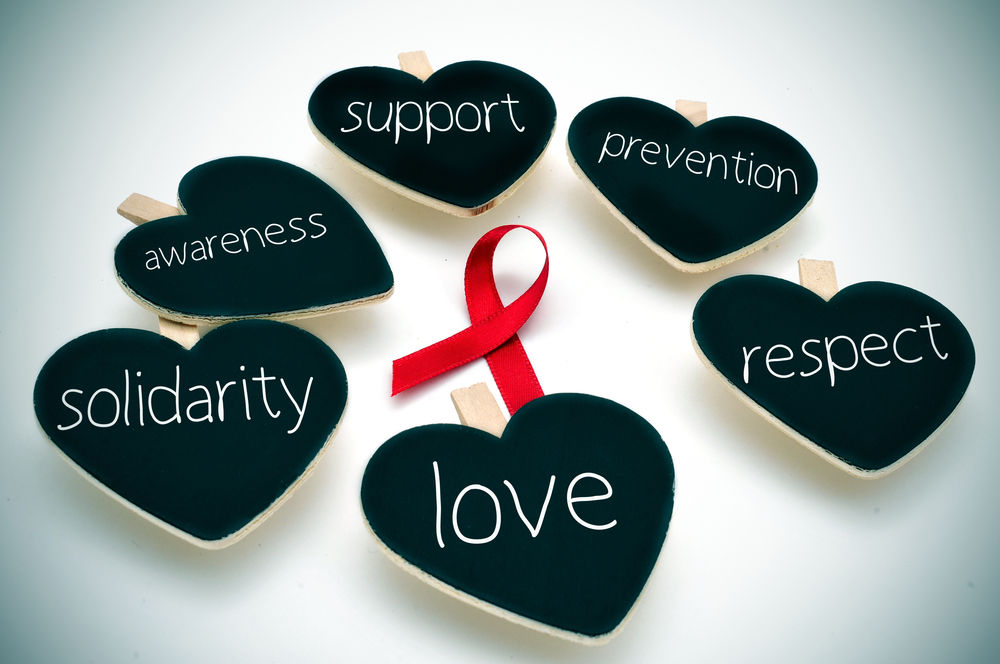
There has been a social stigma established within the society, which consists in thinking that (for example): people are deserving to be HIV positive for their choices, that only certain people can get infected, and so forth.
HIV was first discovered in 1984, and many misconceptions were created at that time as a result of fear; stigmas which have yet to be untangled. HIV-positive individuals can face discrimination due to this stigma, pushed into isolation from the rest of their community. This fear can be confronted with awareness and action.
The Centers for Disease Control and Prevention advises talking about HIV and taking action. By talking about the subject, we can normalize it, and prevent it from becoming a taboo. (CDC) World Aids Day is a perfect opportunity to speak about the epidemic, and get more informed about the specifications.
World AIDS Day 2019
The World AIDS Day website is dedicated to this purpose. In showing solidarity with the millions of people living with HIV, you can wear a red ribbon. You can order this online from the online shop of the website, or pick it up in person (if you live in the UK) in any Mac Cosmetics store, any branch of RBS or Natwest, selected branches of Morrissons, and HSBC UK.
You can also donate to NAT, which is the National AIDS Trust of the UK. The website also offers numerous universal events to attend, in order to gain awareness and show solidarity, and perhaps hear personal stories. (World AIDS Day)
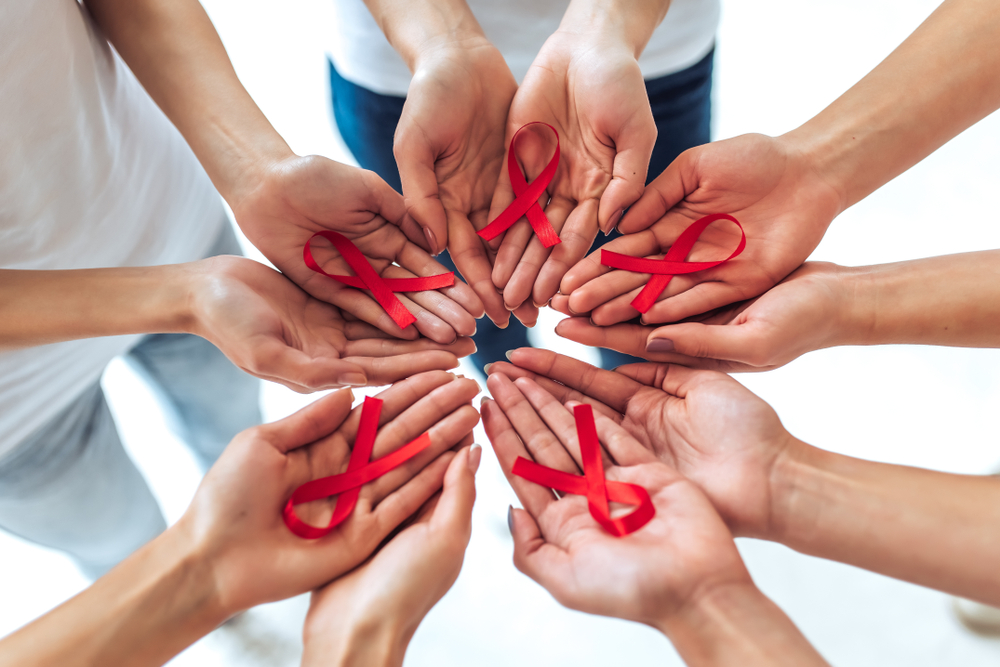
This year, the theme is: “Communities make the difference.” It seeks to commemorate the special role of communities during the AIDS epidemic, helping with their leadership and advocacy. World AIDS Day 2019 will be a time to address the invisible barriers that stop communities from delivering their services (such as peer educating, counseling, door-to-door service providing). The barriers include ‘social contracting modalities.’ The communities have included civil society organizations and grass-root activists. (UNAIDS)
Focusing on the topic of communities, there will be the 20th International Conference on AIDS and STIs taking place in Kigali, Rwanda the first week of December, which WHO will be attending with the Government of Rwanda. (WHO)
Humanium’s health mission
At Humanium we look beyond statistics, we see individuals. We have worked in regions highly affected by HIV, where many children catch the virus through their mothers. We have helped communities dealing with other health problems, such as chronic malnutrition.
In Madagascar, we opened school cafeterias with the organization Les Enfants du Soleil, in order to provide for food, and improve health. We have had experience concerning providing health aid for children, and we therefore consider it crucial to report on another health issue ravaging the many countries we have worked in: the AIDS Epidemic. We encourage everyone on this World AIDS Day to participate in events, wherever you are.
Written by Leah Benque
To get engaged:
https://www.worldaidsday.org/events/
https://www.unaids.org/en/World_AIDS_Day
https://www.un.org/en/events/aidsday/background.shtml
For condoms:
https://www.nhs.uk/Service-Search/Free%20condoms/LocationSearch/732 (UK)
Sources
HIV.gov. (n.d.), “Global Statistics,” Hiv.gov. Retrieved from Hiv.gov Overview: https://www.hiv.gov/hiv-basics/overview/data-and-trends/global-statistics
HIV.gov. (n.d.), “How is HIV Transmitted?,” Hiv.gov. Retrieved from Hiv.gov Overview: https://www.hiv.gov/hiv-basics/overview/about-hiv-and-aids/how-is-hiv-transmitted
World Aids Day. (n.d.), “About World AIDS Day,” World Aids Day Powered by NAT. Retrieved from World AIDS Day: https://www.worldaidsday.org/about/
Center for Diseases Control and Prevention. (n.d.), “Facts about HIV Stigma,” CDC Government. Retrieved from CDC Gov: https://www.cdc.gov/hiv/basics/hiv-stigma/index.html
UNICEF. (n.d.), “HIV and AIDS,” UNICEF. Retrieved from UNICEF Programme: https://www.unicef.org/hiv
UNICEF. (2018), “Children, HIV and AIDS: The world today and in 2030,” UNICEF. Retrieved from UNICEF Brochure: https://data.unicef.org/resources/children-hiv-and-aids-2030/#Global
UNAIDS. (n.d.), “Communities make the difference,” UNAIDS. Retrieved from UNAIDS Resources: https://www.unaids.org/en/resources/campaigns/WAD_2019
World Health Organization. (n.d.), “World AIDS Day 2019: communities make the difference,” WHO. Retrieved from WHO International Newsroom: https://www.who.int/news-room/events/detail/2019/12/01/default-calendar/world-aids-day-2019-communities-make-the-difference
United Nations. (n.d.), “World AIDS Day 1 December,” UN. Retrieved from UN Events: https://www.un.org/en/events/aidsday/index.shtml
National Health Service. (n.d.), “Condoms – Your Contraception Guide,” NHS. Retrieved from NHS: https://www.nhs.uk/conditions/contraception/male-condoms/
GOSHH. (n.d.), “Sexual Health Workshops,” GOSHH. Retrieved from GOSHH: https://goshh.ie/training/workshops-available-3/sexual-health-workshops-2/
Sexplain. (n.d.), “Inclusive and Comprehensive Sex Education,” Sexplain. Retrieved from Sexplain: https://sexplain.org.uk/
British Association for Sexual Health and HIV. (n.d.), “Workshops, courses, conferences,” BASHH. Retrieved from BASHH: https://www.bashh.org/bashh-groups/doctors-in-training/workshop-courses-conferences/

